 LOCAL NEWS
LOCAL NEWS
Lea este articulo en español aquí.
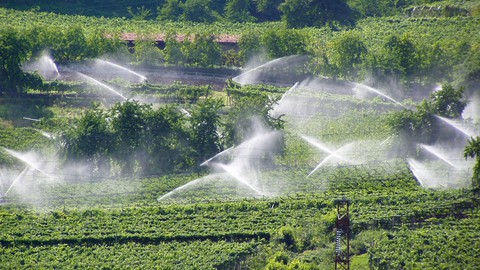
Even though California faces serious water shortages, the Legislature’s analysts recommend weaker outdoor conservation requirements and longer deadlines for urban water agencies.
 LOCAL NEWS
LOCAL NEWS
Gilroy City Hall. Photo: Erik Chalhoub
Water, wastewater rate increases take effect

Only a few small demonstration projects off the West Coast have harnessed the power of waves and tides. Costs are high and hurdles are challenging.
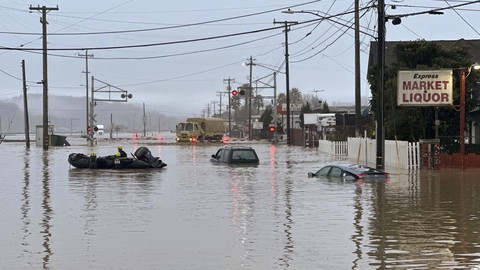
California ranks among the top states suffering economic damage from climate-related disasters. The report describes food shortages, floods, droughts, wildfires, pollution, disease—all linked to climate change.
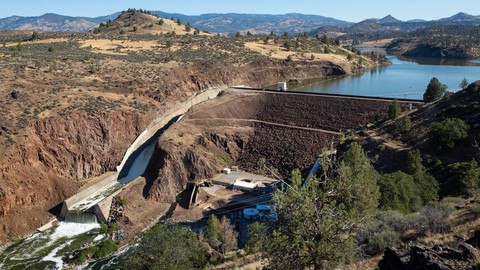
As four aging hydroelectric dams are demolished, tribes and communities along the Klamath River wait anxiously to see what the future holds. “Once a river is dammed, is it damned forever?” experts ask.
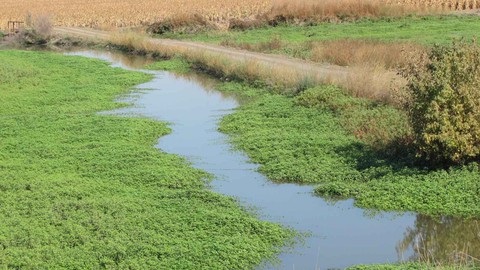
Since the Gold Rush era, land reclamation projects have helped to build California, but they are also damaging the state’s environment for people, plants and animals by eliminating essential wetlands.
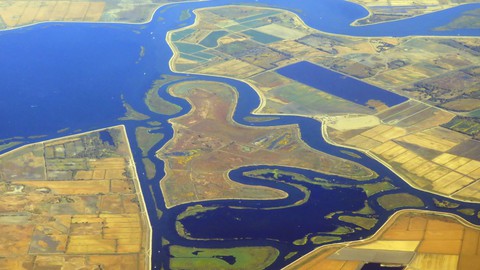
California has used reclamation districts to turn millions of acres of unusable swamps into fertile agricultural land, starting in the earliest days of the Gold Rush. Here’s how it happened.
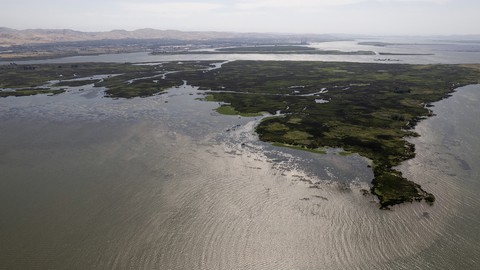
A discrimination complaint filed by Native American tribes and environmental justice groups alleges that California has failed to protect water quality in the Bay-Delta. The EPA is investigating.
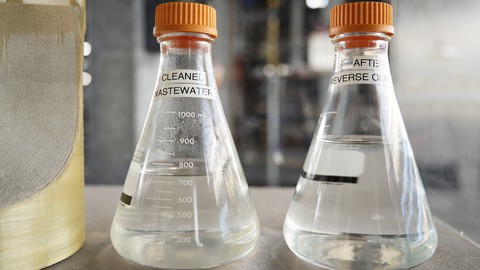
Waste would undergo extensive treatment and testing before it’s piped directly to taps, providing a new, costly but renewable water supply. The state’s new draft rules are more than a decade in the making.
 LOCAL NEWS
LOCAL NEWS
Plans to build a new dam for Pacheco Reservoir in southeast Santa Clara County are on hold after a superior court judge in May ruled that the project developer had incorrectly claimed it is exempt from state environmental laws. Santa …
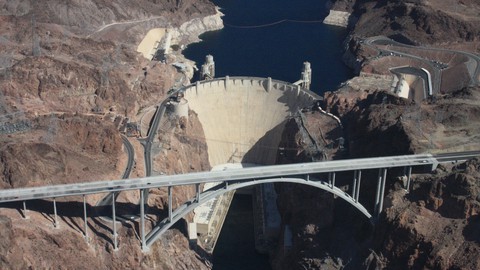
California will cut use of water from the Colorado River drastically under a new agreement announced by the Biden Administration on May 22. Nevada and Arizona have also agreed to the cuts.
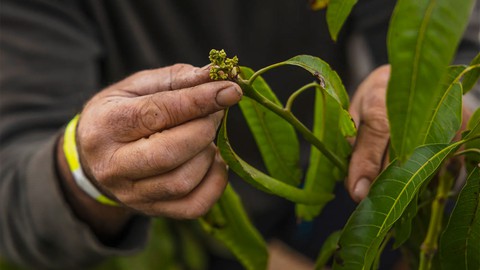
The future of farming in California is changing as the planet warms, altering the rain and heat patterns that guide which crops are grown where. “We’re adjusting for survival,” one grower said.

Almost one million California residents are forced to drink from contaminated water supplies, or pay for bottled water. Economic inequality makes the crisis worse. What is the state doing to fix it?
 LOCAL NEWS
LOCAL NEWS
The latest statewide snowpack measurement from the California Department of Water Resources is another indication that the tremendously wet winter might have been too much of a good thing. The agency’s readings from 130 snow sensors placed throughout the Sierra …
 LOCAL NEWS
LOCAL NEWS
The San Benito County Board of Supervisors unanimously voted March 14 to waive permit fees up to $75,000 for reconstruction work to assist North County residents affected by the winter storms. The fees include building permits, public works, environmental health, …
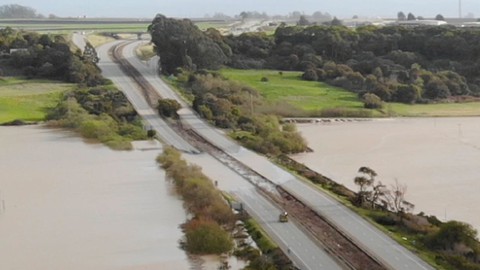
On March 10, the Pajaro River flooded the small agricultural town on its banks. Professor Dustin Mulvaney traces the turbulent history of the Central Coast’s second largest watershed.
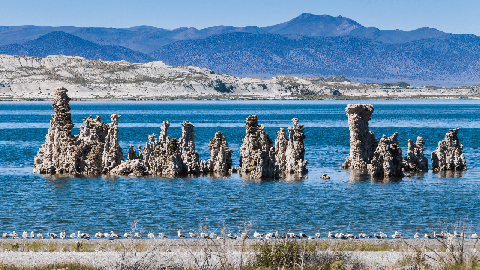
A sizeable coalition has called for California's water regulator to take emergency measures to protect Mono Lake and suspend diversions to Los Angeles.